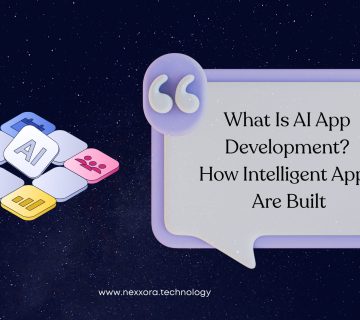Electrical Engineering Machines and their industrial applications
Each time you turn on a light source, recharge your phone, or see a production line, you are observing the silent technology of machines belonging to the field of electrical engineering. These machines are extraordinarily underappreciated, yet they are the linchpin of our modern world and industries. They generate electricity, and they drive automation, which is what makes our homes livable and industries globally competitive.
So, how do these machines facilitate industrial processes? Do you know what makes them unique from one another in modern society? Let’s unpack it.
What are Electrical Engineering Machines?
In summary, electrical machines are machines that convert one form of energy into another form of energy. In the context of electrical machines used in industries, we are typically referring to a machine that converts electrical energy to mechanical energy (or the other way).
There are two general types of machines:
- Motors – machines that convert electrical energy into mechanical (motion) energy.
- Generators – machines that convert mechanical energy into electrical energy.
Some machines fall outside of the foregoing general categories, such as transformers or power factor controllers, which merely control, optimize, or distribute electrical energy.
Key Types of Electrical Engineering Machines
- Electric Motors
AC Motors (Induction & Synchronous): Commonly used in systems like conveyor belts, pumps, compressors, elevators, and HVAC systems.
DC Motors: Commonly used in applications that require variable speed and torque, including electric vehicles, robotics, and precision machines.
Industrial Significance: Motors keep assembly lines operational, run CNC machines, power drilling and pumping operations, and enable automation.
2. Generators
Generators serve as the backbone for industries that rely on peripheral power needs.
Diesel Generators: Diesel generators are often found as backup power needs in factories, hospitals, and remote industrial sites.
Turbine Generators: These generators are generally located at power plant facilities, hydro and wind sites, or thermal plants, where they generate agricultural-scale electricity to support the electricity system.
Industrial Impact: From manufacturing plants to data center locations, generators mitigate the chance of some diminished productivity by assuring an energy supply in case of outages.
3. Power Transformers
Transformers convert voltage levels in electrical systems to allow power to be safely and economically transmitted and regulated.
Step-Up Transformers: These voltages increase so that power can be effectively transmitted long distances.
Step-Down Transformers: These voltages decrease so that they can be safely applied to machines or homes.
The Industrial World: Factories, refineries, and larger-scale workshops use transformers heavily to ensure equipment can run with the correct voltage level or simply save energy and avoid damaging supplies.
4. Power Factor Correction Devices
Smart Power Factor Correction (SPFC) controls enable commercial operations to manage their energy consumption by lessening the reactive power (kVAR).
The industrial world: They can reduce the electricity bill without compromising machine operation by eliminating wasted energy and penalties.
.
Uses of Electric Machines in Industry
Electric machines are used in every industry, in every sector of the economy. Some examples are listed below that may resonate well,
Manufacturing & Automation Electric motors power conveyor belts, lathes, mills, and CNC machines. We also use servo and stepper motors, which allow precision automation in robotics and production lines. Smart power factor correction (SPFC) controllers enable factories to save money by managing energy use more efficiently.
Power & Energy Generators and turbines are used to generate electricity from hydro, wind, thermal, and nuclear generating stations. Transformers control the transmission and distribution of electricity to residences and to industry.
Automotive & Aerospace Electric motors are in everything from electric vehicles (EVs) to test rigs to the robots located in assembly plants. Other high-efficiency machines are used to reduce mass and improve precision in the aerospace industry.
Healthcare Medical Equipment, which uses electrical motors and electrical power systems, includes MRI machines, ventilators, and diagnostic equipment. Generators are also relied upon for power supply backup when delivering care to critically ill patients.
Everyday Life Electric machines power fans, washing machines, refrigerators, mixers, lifts, and many other appliances we use in everyday contexts.
.
Uses of Electric Machines in Industry
In Nexxora Inc, We Provide Electric machines for various industries, in every sector of the economy. Some examples are listed below that may resonate well,
Manufacturing & Automation Electric motors power conveyor belts, lathes, mills, and CNC machines. We also use servo and stepper motors, which allow precision automation in robotics and production lines. Smart power factor correction (SPFC) controllers enable factories to save money by managing energy use more efficiently.
Power & Energy Generators and turbines are used to generate electricity from hydro, wind, thermal, and nuclear generating stations. Transformers control the transmission and distribution of electricity to residences and to industry.
Automotive & Aerospace Electric motors are in everything from electric vehicles (EVs) to test rigs to the robots located in assembly plants. Other high-efficiency machines are used to reduce mass and improve precision in the aerospace industry.
Healthcare Medical Equipment, which uses electrical motors and electrical power systems, includes MRI machines, ventilators, and diagnostic equipment. Generators are also relied upon for power supply backup when delivering care to critically ill patients.
Everyday Life Electric machines power fans, washing machines, refrigerators, mixers, lifts, and many other appliances we use in everyday contexts.








No comment